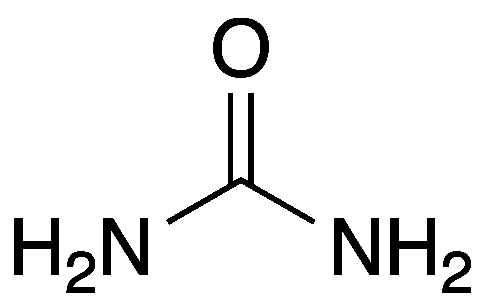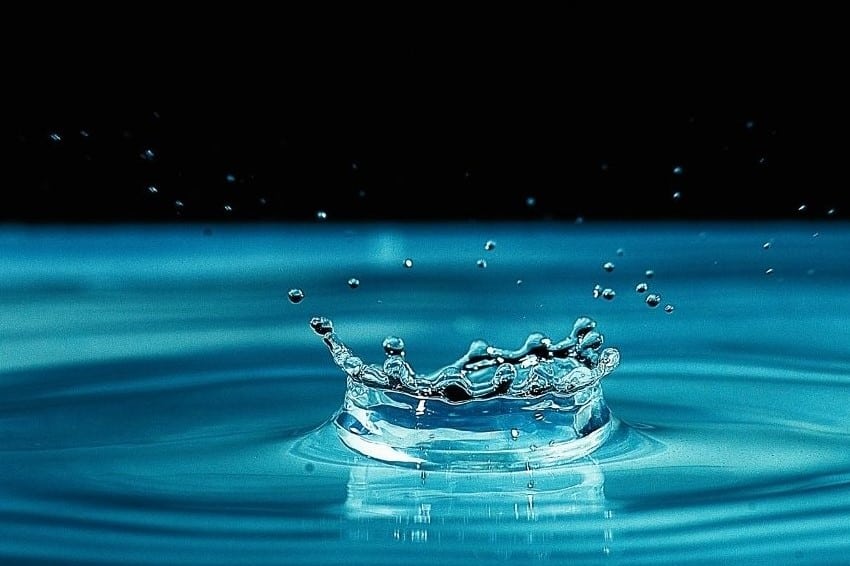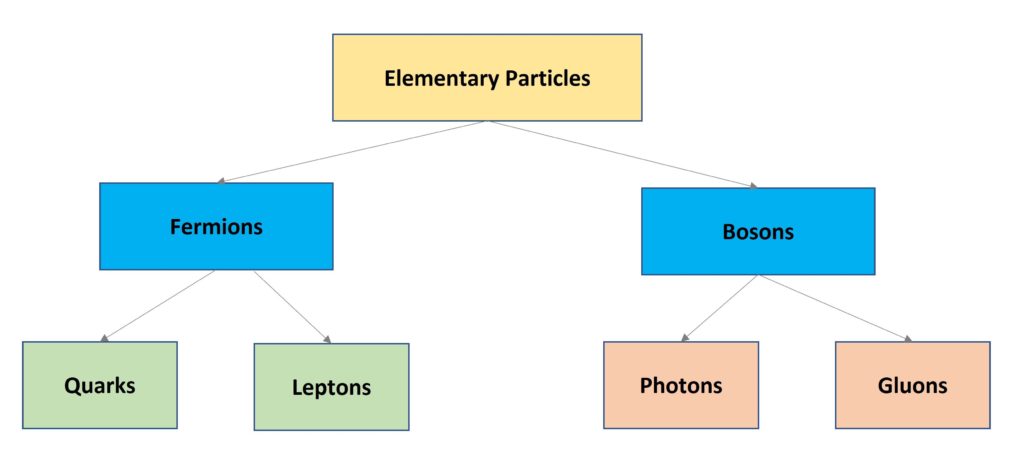Neon is a chemical element with the atomic number 10 and the symbol Ne. It is the fifth most abundant element in the universe, following hydrogen, helium, oxygen, and carbon. At room temperature, Neon is a noble gas. It has about two-thirds the density of air and is colourless, odourless, inert, and monatomic gas under normal conditions.
The colour of neon is strictly orange-red in its pure form, and when viewed through a transparent glass tube, it produces the colour classic red.
| Element | Neon (Ne) |
| Colour | Orange-red |
| Density | 0.89990 g/litre |
| Atomic number | 10 |
| Liquification temperature | −246.048 °C (−411 °F) |
| Oxidation state | zero |
| Boiling point | Noble gas (nonmetal) Nonflammable gas. Poor conductor |
| Main Uses | TV Tubes Cryogenics: Condensed neon is used in cryogenics due to its nonreactive nature. Electric signs and fluorescent lamps: Neon when heated, produce a specific colour those brights up the gas discharge tube. |
| Most common isotopes | Neon-20 (90.92 per cent) Neon-21 (0.26 per cent) Neon-22 (8.82 per cent) |
Neon, like other noble gases, helium (He) and argon (Ar), is extremely non-reactive and floats around on its own. It has ten electrons, resulting in two filled shells. It comprises two electrons in the first shell and eight electrons in the second shell.
Fractional distillation can be used to obtain neon from the air. The conversion of a container of air to a liquid is the first step in the fractional distillation of air. After that, the liquid air is allowed to warm up. Each element in air changes from a liquid to a gas at a different temperature as the air warms.
Neon produces a bright orange-red light when an electrical current is passed through it at low pressure. Neon signs, fluorescent and gaseous conduction lamps, and high-voltage testers all use this property. The name neon comes from the Greek word neos, which means “new.”
Table of Contents
Key Properties of Neon
- Symbol: Ne
- Atomic number: 10
- Atomic mass: 20.1797 u
- Neon is a noble gas and is located in Group 18 (also known as the noble gases) on the periodic table.
- Neon is a colourless, odourless, and tasteless gas at standard temperature and pressure.
- It has a very low boiling point of -246.1 °C and a very low melting point of -248.6 °C.
- Neon has very low solubility in water and other liquids.
- It is a very stable element and is not very reactive under normal conditions.
- Neon is used in many lighting applications, such as neon signs and fluorescent lamps.
- Neon is also used in cryogenics, as a refrigerant, and in the manufacturing of electronic components.
- It was discovered in 1898 by Sir William Ramsay and Morris Travers.
- Neon has three stable isotopes: ^20Ne, ^21Ne, and ^22Ne.
- Neon is the fourth most abundant element in the universe by mass, but it is relatively rare on Earth.
- Colourless, tasteless odourless inert gas.
- Changes to reddish-orange colour in a vacuum tube.
- Chemically inactive.
- Used for manufacturing high-voltage indicators, television tubes, wave meter tubes, and lightning arrestors.
- The reddish-orange colour emitted from the neon lights is used for advertising purposes.
- Commercially used as a cryogenic refrigerant
- Combines with helium to produce helium-neon lasers.
Real-Life Significance of Neon Element
The element neon has several real-life significances. Here are a few examples:
- Lighting: Neon is commonly used in lighting, particularly in neon signs and fluorescent lamps. The bright, colourful glow that neon emits when electricity is passed through it makes it a popular choice for lighting and advertising.
- Cryogenics: Neon is used in cryogenics to help cool materials to extremely low temperatures. It is often used as a refrigerant in cryogenic applications, such as in the cooling of infrared detectors.
- Electronics: Neon is used in the manufacturing of electronic components, such as high-voltage indicators, and is also used in plasma displays and television tubes.
- Medical applications: Neon gas is used in medical applications, such as in the treatment of jaundice in newborn babies.
- Welding: Neon is used in gas welding to create a shield around the welding area, which helps to protect it from oxidation and other contaminants.
- Geological dating: Neon is used as a tracer in geological dating, which involves analyzing the relative abundance of different isotopes of neon in rocks and minerals to determine their age.
Neon & Global Semiconductor Industry
Rare gases are widely used in semiconductor manufacturing due to their inertness and extreme chemical stability. Neon is a key component of an Excimer laser system. It is used in deep ultraviolet (DUV) lithography laser systems as a buffer gas for Argon (Ar) and Krypton (Kr) gases.
Because neon gas accounts for more than 96 per cent of the laser gas mixture, a fairly large amount of neon gas is consumed to run these DUV lasers.
The DUV process is used for transistors with dimensions ranging from 14nm to 248nm, such as those found in Intel’s Skylake and Cascade Lake processors. DUV is used in the current generation of Ice Lake CPUs based on Intel’s 10nm process.
Another noble gas used in Excimer laser operation is helium. It is used as a purge gas for optical component modules to protect them from active gases and impurities. Helium is essential for modern life and has been used in a variety of industries, including medical equipment, linear motor cars, and semiconductors.
Exams Related Questions
| # | Questions | Answers |
| 1 | What is the atomic number of neon? | The atomic number of neon is 10. |
| 2 | What group is neon located in on the periodic table? | Neon is located in Group 18 (also known as the noble gases) on the periodic table. |
| 3 | What is the boiling point of neon? | The boiling point of neon is -246.1 °C. |
| 4 | What is neon commonly used for in lighting? | Neon is commonly used in neon signs and fluorescent lamps. |
| 5 | Who discovered neon? | Neon was discovered by Sir William Ramsay and Morris Travers in 1898. |
| 6 | What are some properties of neon? | Properties of neon include being a colourless, odourless, and tasteless gas, having a low boiling and melting point, and being relatively non-reactive. |
| 7 | What is neon used for in cryogenics? | Neon is used as a refrigerant in cryogenic applications, such as in the cooling of infrared detectors. |
| 8 | How many stable isotopes does neon have? | Neon has three stable isotopes: ^20Ne, ^21Ne, and ^22Ne. |
| 9 | What is the significance of neon in geological dating? | Neon is used as a tracer in geological dating to analyze the relative abundance of different isotopes of neon in rocks and minerals to determine their age. |
Related Links
Magnesium Element| Properties and Uses
Sulfur Electron Configuration
Electron Configuration for Calcium
Electron Configuration for Iron (Fe)
What color is Titanium?
Zinc Metal| Properties and Uses
Frequently Asked Questions
1. What is Xenon Tetrafluoride (XeF4)?
Xenon tetrafluoride (XeF4) is a colourless/white crystalline chemical. It’s made up of xenon (a noble gas) and fluoride (a naturally occurring mineral). Trace metals that contaminate silicone rubber can be detected and analyzed using XeF4.
2. What is titanium and what is its electronic configuration?
Titanium is an atomic element with the symbol Ti and the atomic number 22. Titanium metal is a particularly durable metal for engineering applications due to its corrosion resistance, as well as its exceptional strength and low weight. It is 40% lighter than steel while maintaining the same strength as high-strength steel. The electron configuration of titanium is 1s2 2s2 2p6 3s2 3p6 4s2 3d2. Check another article “is titanium magnetic?”.
3. is aluminum conductive?
Aluminum is a metal with high electrical conductivity. Despite having just 60% of the conductivity of copper by volume, one pound of aluminum has the electrical current-carrying capability of two pounds of copper by weight. Aluminum is a common material used to make satellite dishes. For details, please check the full article “is aluminum conductive?”.
4. What is the oxygen gas formula?
The oxygen formula is O2. Oxygen is a diatomic, colourless, odourless, and tasteless gas with 180-degree bond angles. The Oxygen formula comprises two oxygen atoms connected in a pair.
5. Oxalic acid formula?
Oxalic acid is classified as a bi-carboxylic acid (IUPAC name: ethanedioic acid, formula H2C2O4). Because of the combination of two carboxyl groups, it is one of the most powerful organic acids. Oxalates are oxalic acid anions, as well as their salts and esters.
6. What is Aluminium chloride?
Aluminium chloride (AlCl3) is a crystalline chemical compound that is white or yellow in colour.
Aluminum oxide and hydrochloric acid are combined to create them. Its anhydrous form can also be produced by reacting with aluminum and chlorine.
7. Is Neon a noble gas?
Neon is a noble gas at normal temperatures. Under normal conditions, it has roughly two-thirds the density of air and is colourless, odourless, inert, and monatomic gas.
More Links
Electromagnet| A Simple Overview
Cathode| Component of Cells and Batteries
Wavelength| Simple Definition and Examples
Physical Weathering| Short Overview
Is Ammonium Ion (NH4+) Polar or Nonpolar?
How many electrons does Helium have?
References
- BCl3 Lewis Structure in four simple steps - November 1, 2023
- PH3 Lewis Structure in four simple steps - October 8, 2023
- PF3 Lewis structure in four simple steps - September 24, 2023



